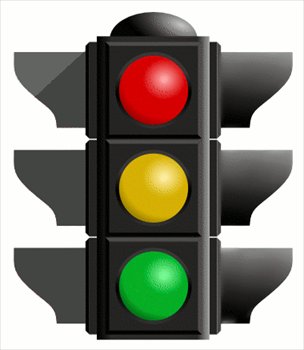
Most traffic lights operate off detectors, but some, like those in large cities, operate on timers since there is always a constant flow of traffic. The detectors may detect when a car arrives at the intersection, when too many cars are waiting at the light, or when cars have entered a turn lane (activating the arrow lights). Detectors can be everything from lasers to rubber hoses filled with air. The most common detector is the inductive loop which is a coil of wire embedded under the road's surface. Inductive loops work by detecting a change of inductance. When cars are parked over the wires, the inductance will be much larger because of the large amount of steel (the magnetic core) positioned in the loop's magnetic field. A traffic light sensor constantly tests the inductance of the loop in the road, and when the inductance rises, it knows there is a car waiting, and thus knows to change...and there ya have it!
No comments:
Post a Comment